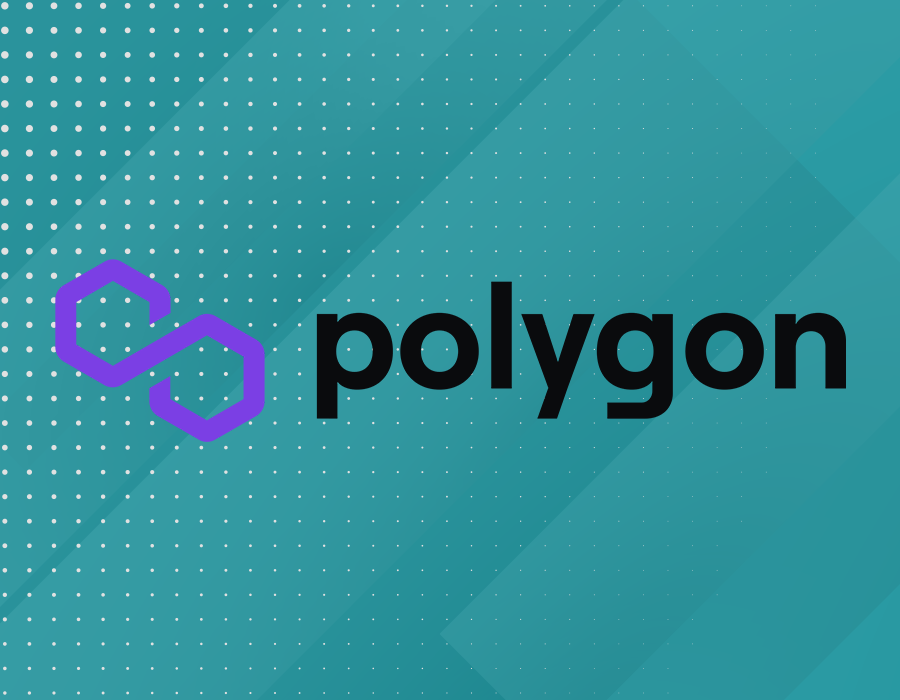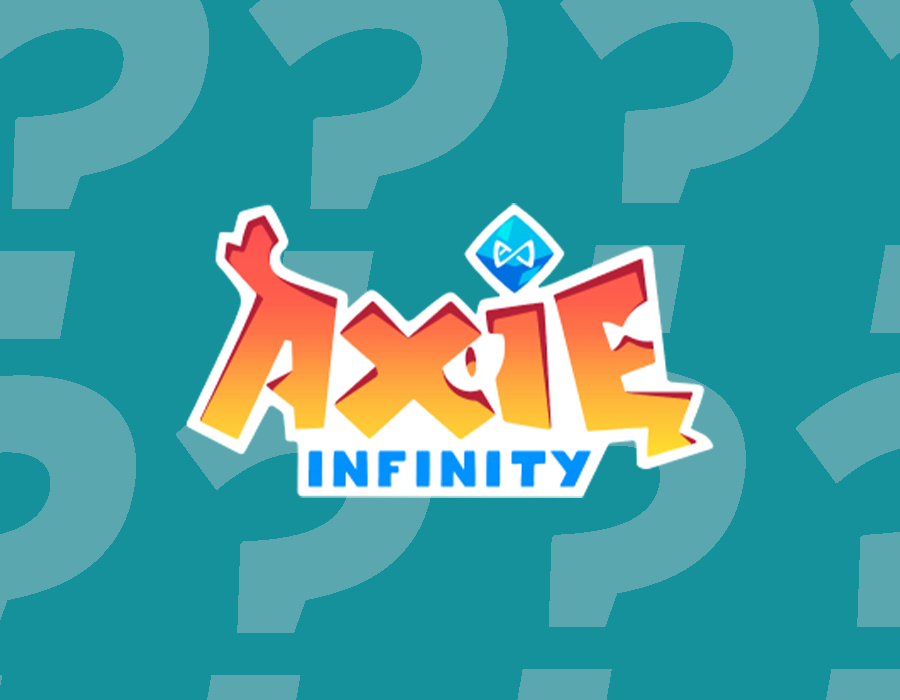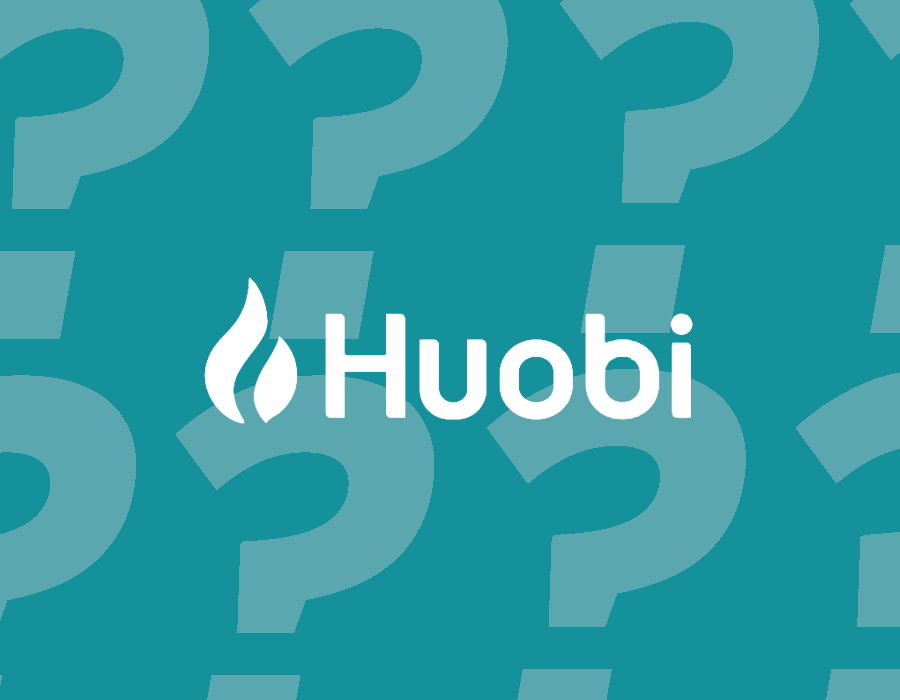Designed in 2017 as a layer 2 solution for Ethereum, Polygon’s mission is to bring scalability and lower costs to the Ethereum blockchain. Recently, Polygon entered a transformative phase as it shifts towards a new iteration of the blockchain. Polygon 2.0 will introduce major changes to the network with a new token and technology to even further its efficiency.
However, its fundamentals are still present at the blockchain’s core. It aims to bring scalability and lower costs to the blockchain market continues with its next phase ambitiously aiming to “scale Ethereum to the size of the Internet”.
Beginnings
Originally named the Matic Network, Polygon was established in India in 2017. It was developed by a group of experienced Ethereum developers—Jaynti Kanani, Sandeep Nailwal, Anurag Arjun, and Mihailo Bjelic. Designed as a layer two blockchain on Ethereum, Polygon’s objective is to enhance transaction speeds while reducing costs and complexities in blockchain networks.
The Matic Network, operational since 2020, quickly gained traction in the decentralised finance (DeFi) sector, attracting significant projects like Decentraland and MakerDAO. In February 2021, it was rebranded to Polygon. In its initial offering in April 2019, Polygon raised about $5.6 million in $ETH by selling 1.9 billion $MATIC tokens over 20 days.
Fundamentals
Operating on the Ethereum blockchain, Polygon was designed to enhance the flexibility and scalability of blockchain projects while ensuring the security and interoperability inherent in Ethereum. The MATIC token, an ERC-20 token, is integral to Polygon, serving as a governance token, while also securing the network and facilitating transaction fees. The platform employs a modified proof-of-stake consensus mechanism, allowing for faster consensus with each block. Participants in the network stake their $MATIC tokens to validate transactions, earning rewards for their role in maintaining the network’s integrity.
Polygon’s capabilities include deploying blockchain networks, facilitating communication between Ethereum and other blockchains, and aiding existing networks in becoming Ethereum-compatible. Polygon’s technology allows for high transaction throughput, boasting up to 65,000 transactions per second on a single side chain, with a block confirmation time of less than two seconds. This capability positions Polygon as a robust platform for decentralised applications, supporting a wide range of use cases without the common limitations of proof-of-work blockchains.
The Polygon ecosystem
The Polygon network is a fairly prominent player in the decentralised finance (DeFi) landscape with it currently ranking sixth by total value locked (TVL). As of the latest data from DefiLlama, the TVL in the Polygon ecosystem stands at $821.16 million.
A key aspect of Polygon’s DeFi scene is the dominance of AAVE, a major lending protocol, which holds a substantial 42.43% share of the network’s TVL, amounting to $348m. In terms of financial transactions, the network has generated $64,350 in fees and $13,316 in revenue over the last 24 hours.
Competition
Polygon, a Layer 2 scaling solution for Ethereum, faces stiff competition in a sector that’s rapidly evolving, especially with Ethereum’s recent transition to a PoS model. Competitors like Optimism and Arbitrum are notable players in the Layer 2 space, offering similar solutions to enhance Ethereum’s scalability and efficiency. These platforms, using Optimistic Rollups, aim to reduce transaction fees and latency on the Ethereum network.
The shift of Ethereum to PoS, a part of its Ethereum 2.0 upgrade, is aimed at addressing scalability, energy consumption, and transaction speed. This transition is expected to reduce transaction fees and latency, which are many of the problems Polygon was created to solve. However, Layer 2 solutions are still anticipated to remain relevant due to their ability to provide additional efficiency and scalability on top of Ethereum 2.0.
What is Polygon 2.0?
Four years after its initial launch, Polygon is advancing with the introduction of Polygon 2.0. This upgrade, as described in a blog post, encompasses “a set of proposed upgrades that radically reimagine almost every aspect of the Polygon ecosystem”. These upgrades aim to enhance network efficiency, impacting activities like token transfers and decentralised app usage.
A key feature of Polygon 2.0 is the development of interconnected zero-knowledge-powered L2 chains, designed to “scale Ethereum to the size of the Internet”. The upgrade also prioritises community involvement and governance, giving users more say in the network’s future direction. It is achieving this by introducing Polygon Improvement Proposals (PIPs), a framework that “provides a mechanism for the broader Polygon community to offer feedback on proposed changes and participate in decision making”.
MATIC vs POL
With Polygon 2.0, the network is transitioning from its native $MATIC token to a new token, $POL. This protocol token will be utilised across all Polygon chains, serving as a reward for securing the network. Validators can stake POL to earn rewards and validate transactions across multiple chains, receiving transaction fees and additional bonuses. The shift from $MATIC to $POL involves transferring old tokens to a new smart contract.
Currently, $MATIC holds a higher market cap of $6.8 billion, compared to $POL’s $59 million. However, it’s important to recognise that Polygon 2.0 is in its early stages, having only launched its first phase in September 2023.








